
Anthropomorphic Mouse Taxidermy
May 21, 2013
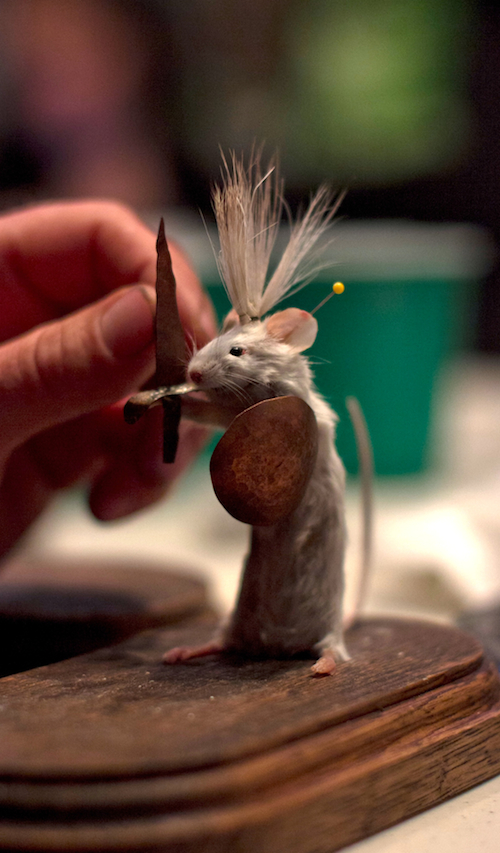
Last Saturday I spent a few hours at the ACME Studios in Williamsburg to see what the deal is with anthropomorphic mouse taxidermy. I didn’t do my own: I was there in a chronicler’s capacity, the guy interested to know that among the teeming eight million in NYC there are a few people sitting around a table somewhere cutting open rodents, pulling their insides out, and arranging them for display.
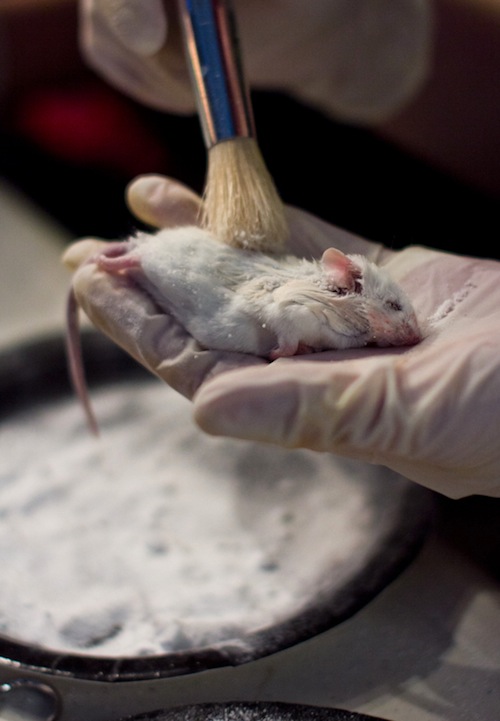
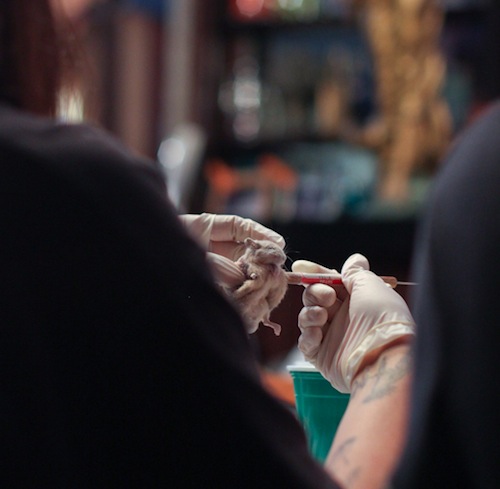
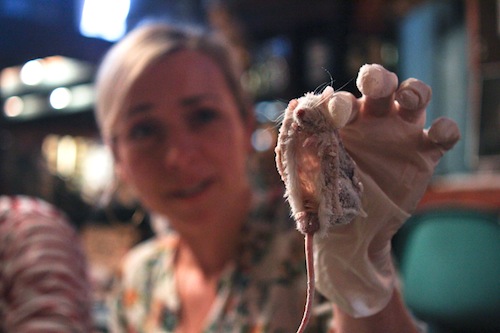
You can do this at your own kitchen table: all you really need, besides a deceased animal, is a dry preservative, a sharp knife, tweezers, a needle and thread, and a tendency not to throw up a lot. But you’re better off getting some expert guidance, especially for the trickier moves like tongue and brain removal. Here’s your expert:
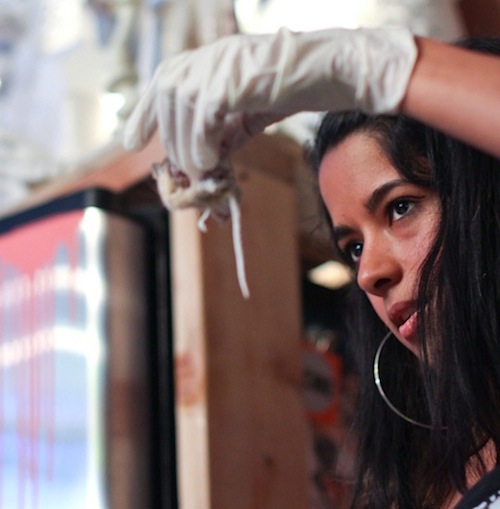
This is Divya Anantharaman, and her class offered through the
Observatory covers all the mouse stuffing basics. When you arrive the mice are already laid out and ready for peeling. They’ve been...one hesitates to say “rescued.” —They’ve been shifted, in destiny, from a snake food outfit in the Midwest. “I don’t put in any request for color or size or anything,” says Divya. The animals arrive dead, and every shipment is different. “It’s a natural product, so you never know.”
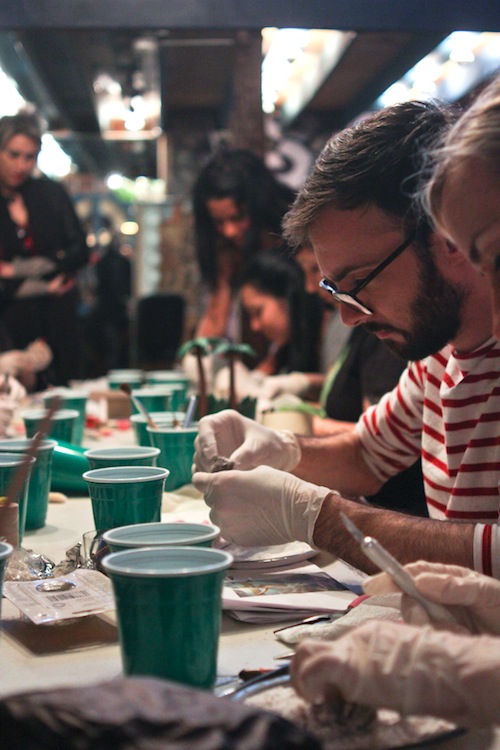
Is this an injury to the dignity of the mouse? Debatable. If you give your little guy a bronze sword and shield, and top him with a crest of bristling deer fur, probably not. (Hat-tip to Aaron from Danbury.) “It’s different every class,” says Divya. “Some people go for something really dynamic, some people are more subtle.”
Best results come from the folks with a clear idea and some preparation. Others get carried away with the tiny props on hand; unless your idea is “zombie prostitute,” it’s good policy to show some restraint. At worst, you’ll learn something.
“You get to take away a bit of skill, a bit of know-how,” says Divya. “Like a craft class, but you get your hands a little
dirtier. It’s an anatomy lesson, a good mix of science and art.”
It’s also history. Anthropomorphic taxidermy goes back to the mid-nineteenth century, and is often grouped in the suspiciously cute-sounding category “Victorian whimsy.” The practice was popularized by this guy, Walter Potter:
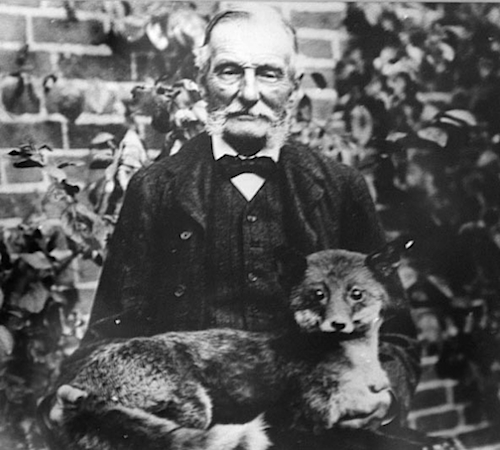
Potter was a nut for taxidermy, and created an entire museum for his pieces. He went in for detail (if there’s a mouse wearing a tiny dress, under the dress are tiny lace knickers), but kept things
weirdly normal: scenes of daily life that just happen to be enacted by frozen kittens, or rabbits.

When he died in 1918, Potter was skinned, stuffed, and perched in a chestnut tree near his childhood home in Bramber, England. Don’t look this up.














